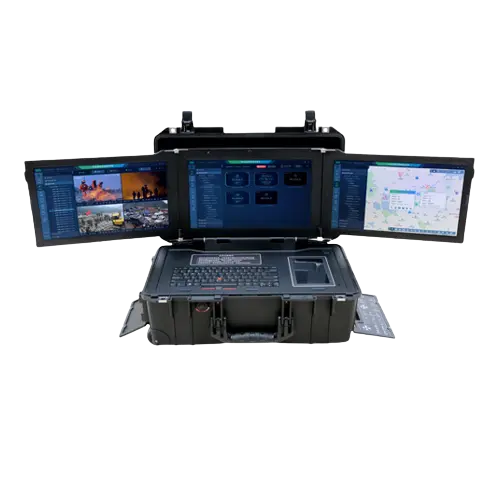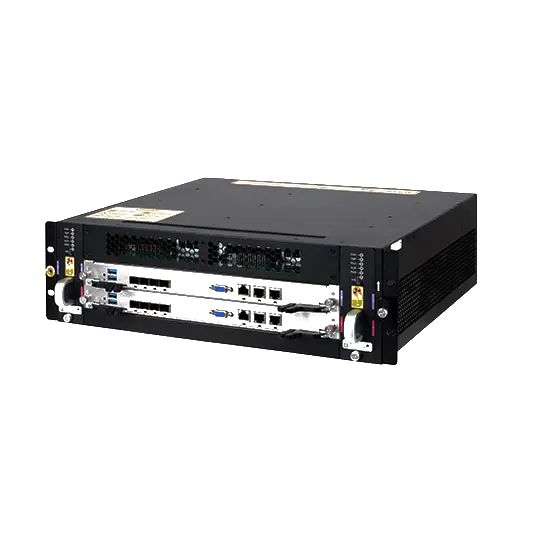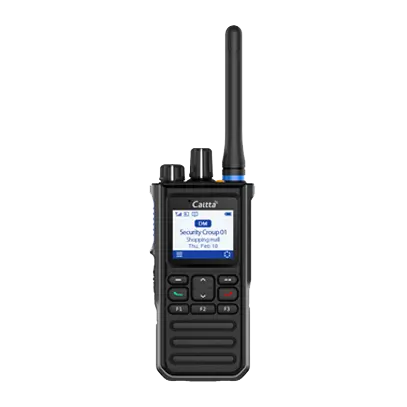The key technologies that may be applied in 5G communication are in the research stage. So far, there is no technology (physical layer technology) that can trigger the transformation of the new generation of digital radio communication technology. Here are a few key 5G technologies under study:
1. Massive MIMO
The scale of large-scale antennas here generally refers to hundreds or even thousands, which is much larger than the number of antennas in 4G. Although massive MIMO is to increase the number of transmit antennas at the base station on the basis of MIMO technology in 4G, and the research on MIMO technology is relatively mature. However, when the number of antennas increases sharply, how to change the characteristics of the channel and how to estimate the channel in the FDD mode also arise.
2. Millimeter wave communication
The frequency band resources used now are very scarce (frequency bands below 2.6GHz), while the millimeter wave frequency band (30GHz-60GHz) resources are very abundant and have not been fully exploited. Deploying more antennas also requires that the wavelength of communication should not be too long (the antenna distance is greater than 1/2 wavelength), so millimeter wave is also one of the alternative technologies. In addition, millimeter wave communication has been written into the standard for multimedia high-speed communication indoors.
3. Filter bank multi-carrier modulation technology
Typical are FBMC/UF-OFDM/GFDM/BFDM, etc. These 5G mobile system technologies are actually improved technologies of OFDM. Although OFDM technology is good, it also has the disadvantages of high spectral side lobes and high requirements for synchronization. And with the popularization of the Internet of Things and machine-to-machine communication, the digital radio communication will require higher and higher asynchronous requirements, so the development of the above-mentioned new multi-carrier technology is also necessary.
4. Dense and heterogeneous networks
Increase the cell density, thereby increasing the system capacity, spectrum reuse rate, etc.
5. D2D (device to device), vehicle network
Improve user service quality and user experience.
6. Software-defined network SDN, etc.
7. Cognitive radio networks
8. Visible light communication
9. Green Communication
Resource-saving, maximize resource utilization.
10. The ultimate structure may be user-centric, weakening the concept of a community, using cloud technology, distributed computing, etc., with multiple technologies coexisting to achieve low complexity, service diversity, low communication delay, and high resource utilization. At the same time, improve user service quality and user experience.
Copyright © Caltta Technologies Co., Ltd. All Rights Reserved.
+86-0755-86556659







